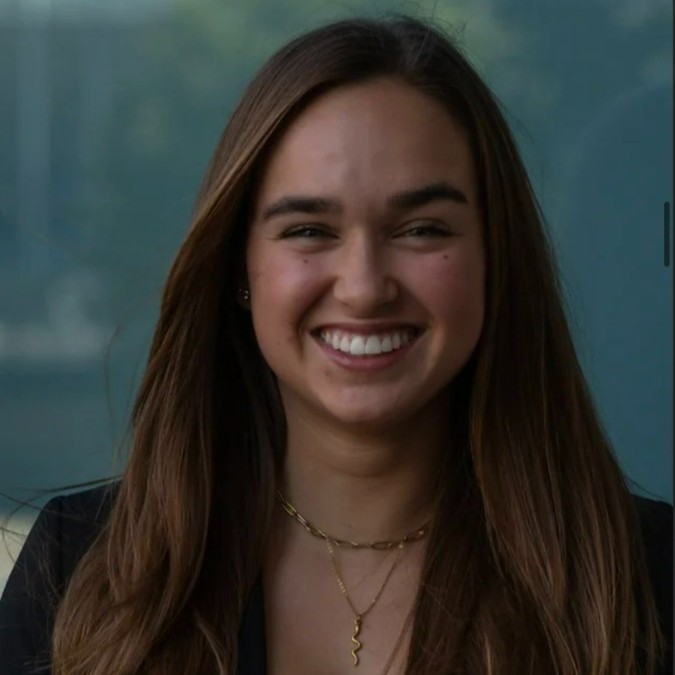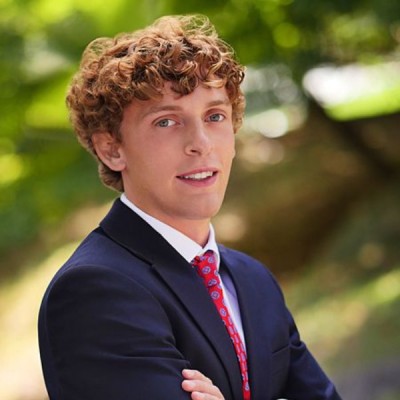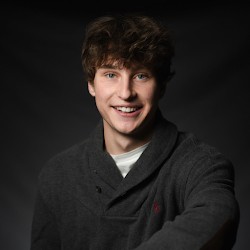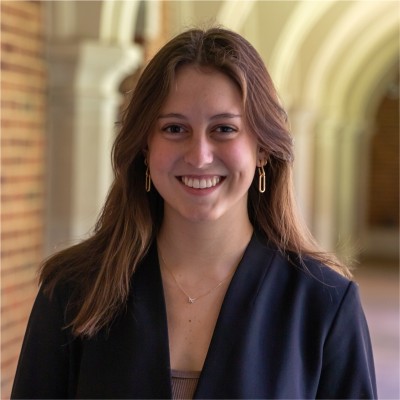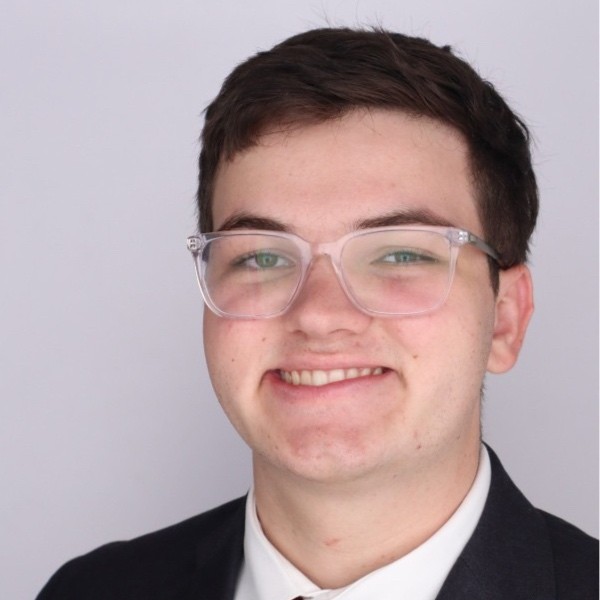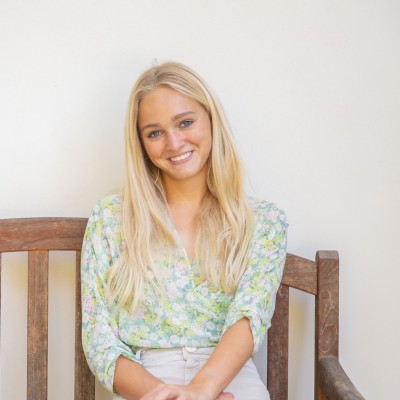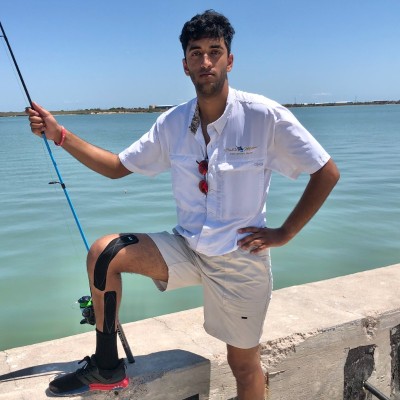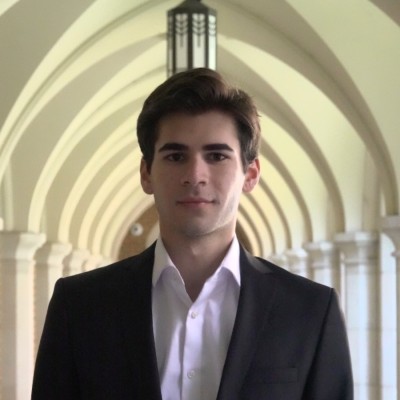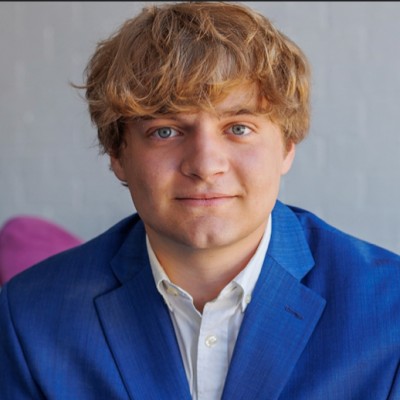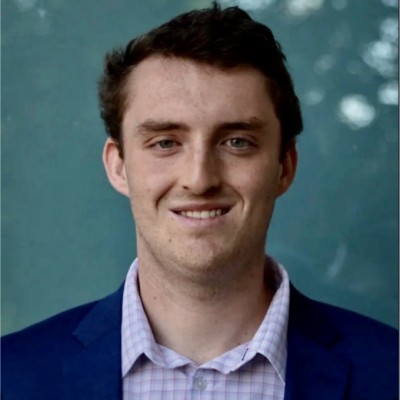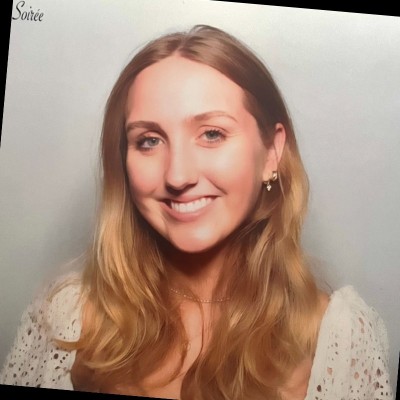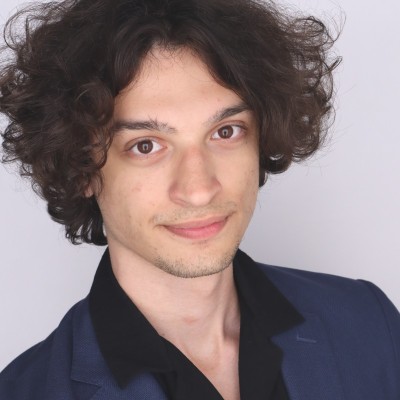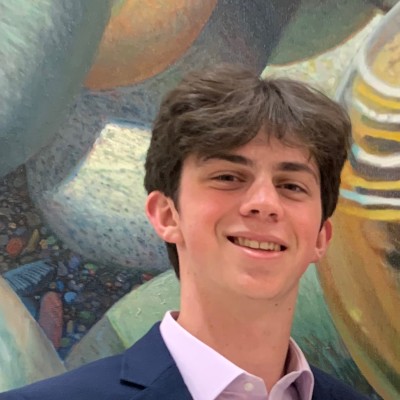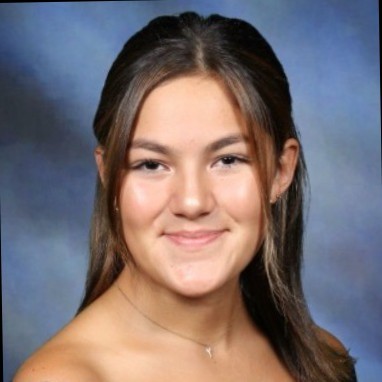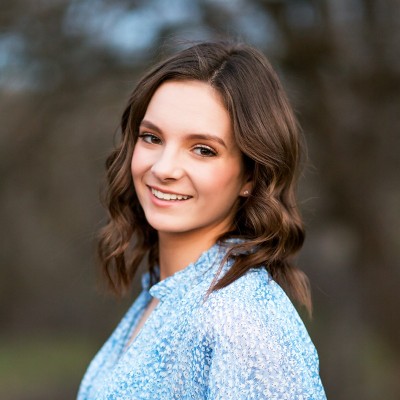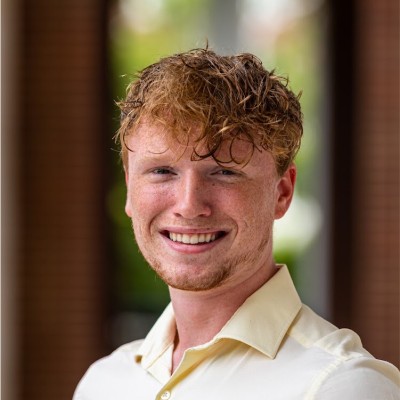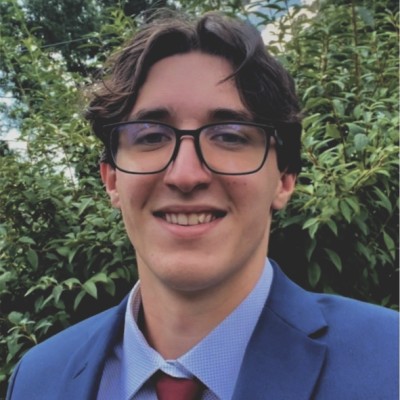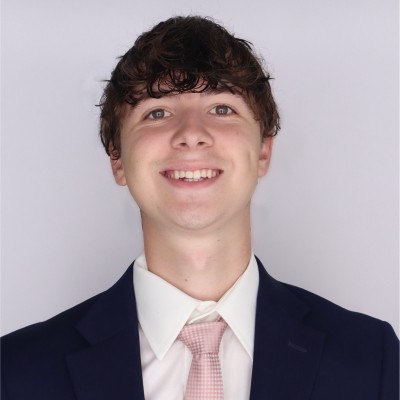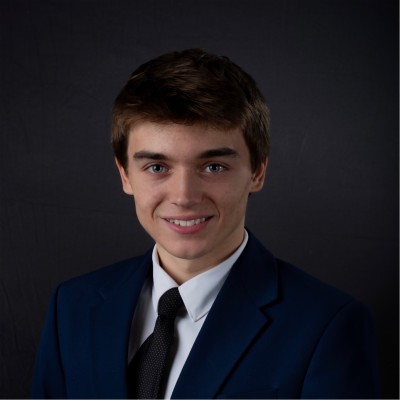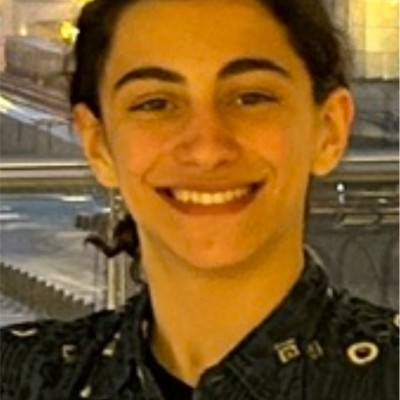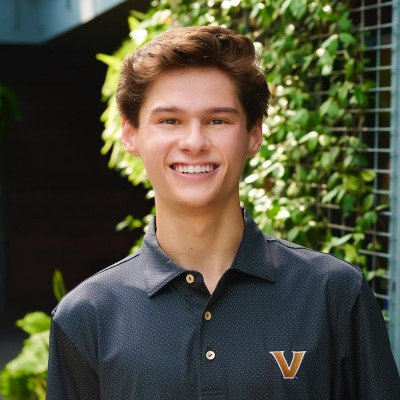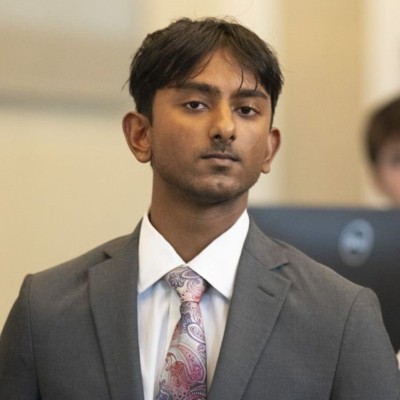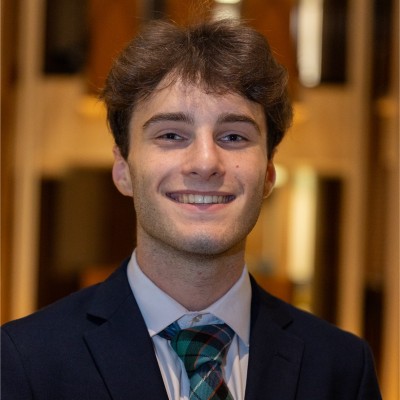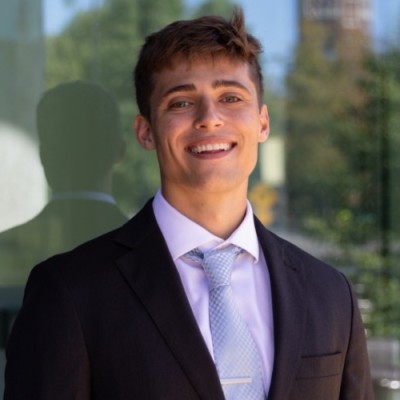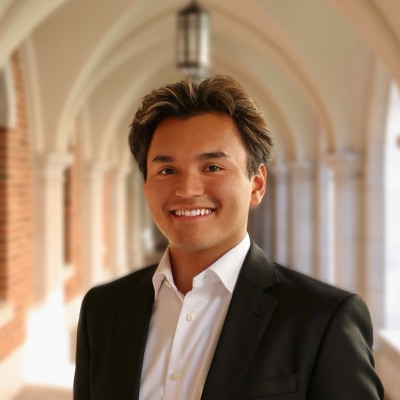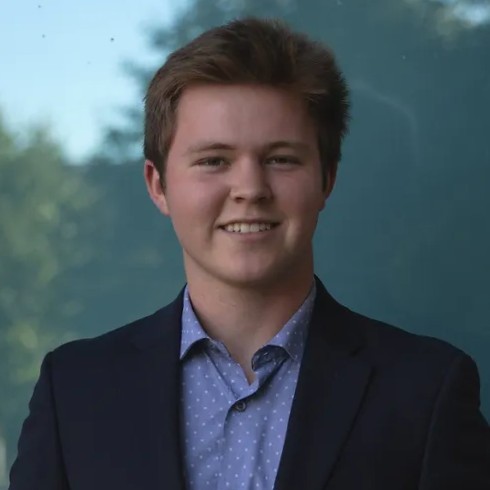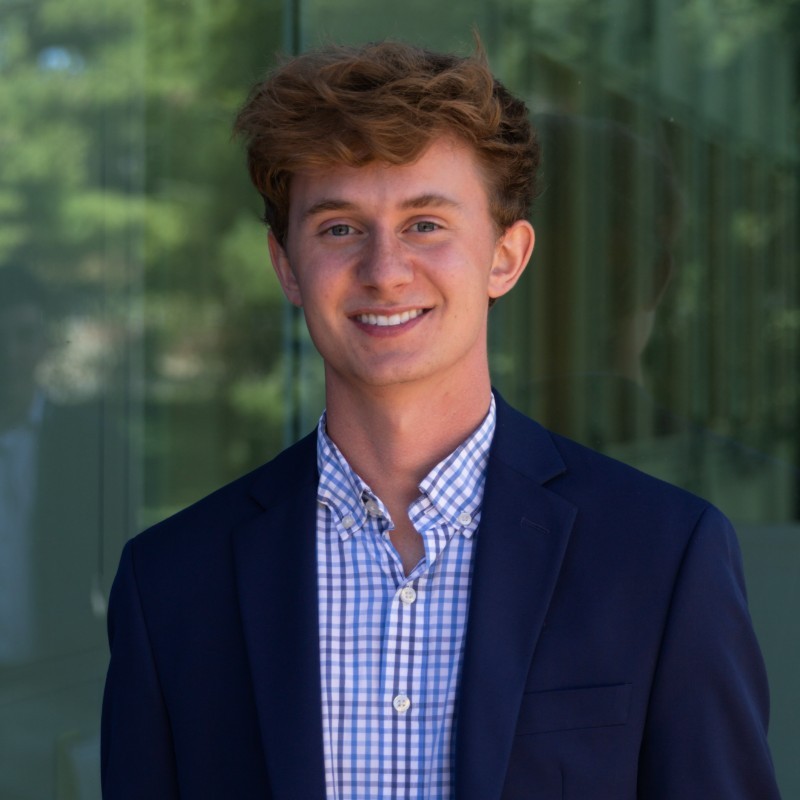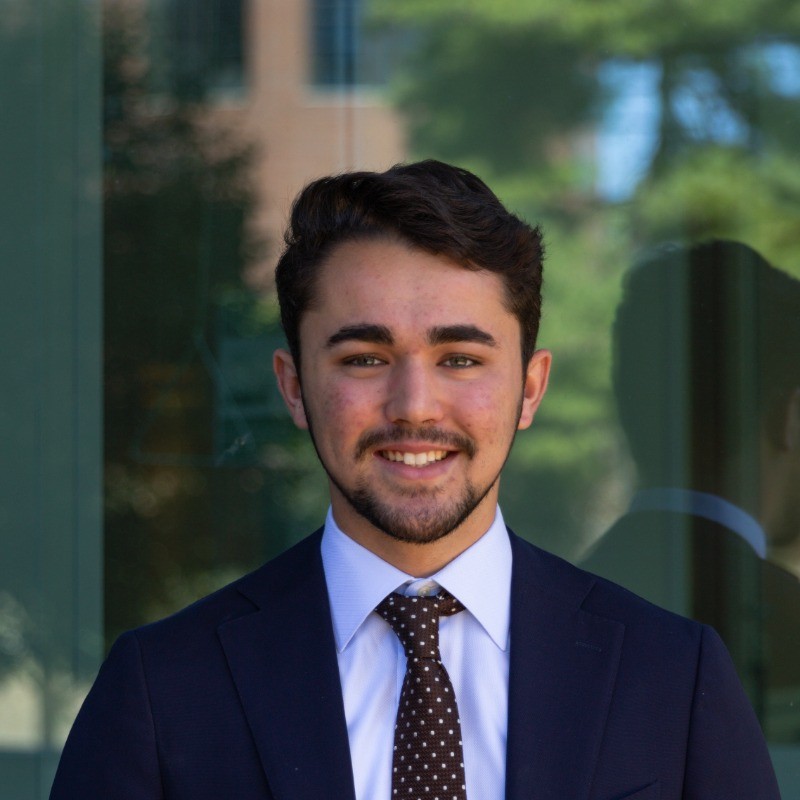
Vanderbilt's Premier Student Engineering Organization
OUR INITIATIVE
Transformative Student-led Engineering Research.

The Vanderbilt Fusion Project is Vanderbilt University's premier student-led research initiative and engineering project team. Together, we're on a mission to make history at Vanderbilt by building a functional nuclear fusion reactor. Besides serving as a cross-disciplinary research test platform for innovative research, our reactor will be a powerful tool to inspire others. We'll be able to showcase the power of the stars in a safe, stable system about the size of a soccer ball. From jets of brilliant purple plasma to the glow of deuterium-deuterium nuclei fusing, our reactor is designed to inspire.
At the Vanderbilt Fusion Project, we’re building a community of innovators and problem solvers working together to accomplish something incredible. When we succeed, we’ll have fused atoms together at hundreds of millions of degrees Celsius, created a cutting-edge research platform, and formed a team of next-generation leaders. The Vanderbilt Fusion Project represents the culture of intersectionality and real-world research that makes Vanderbilt stand out today, all while embodying the spirit of innovation that’s driving our university forward into the future. The Vanderbilt Fusion Project embraces the motto “dare to grow,” as we push ourselves to explore, innovate, and create.
Interdisciplinary DNA.
Cutting-edge research and engineering should be possible for everyone. It's this simple belief that kickstarted the Vanderbilt Fusion Project. Our founders wanted to create a project that wouldn't only enable next-generation research for new labs and groups, but would also prove that anyone can create something incredible when they work with a team.
Once completed, our reactor platform will open up new research paradigms with applications ranging from nanotechnology to renewable energy. Nuclear Fusion provides the extreme environment and unique particle source conditions necessary to expand the frontiers of science, and our miniature, low-cost reactor will let any research group explore these new horizons.
Additionally, the Vanderbilt Fusion Project's role as an interdisciplinary project team has been woven into its DNA since day one. For our team, the journey is just as important as the atom-smashing destination, and we strive to create an environment where our team members can grow, innovate, and explore. The Vanderbilt Fusion Project is a unique, hands-on learning environment, and provides unmatched real-world experiences to our team members. From plasma physics to business communications, our team members gain the skills and experiences they need to excel as engineers, innovators, and leaders.

OUR LEADERSHIP
Meet Our Executive Team

Mason Anton
Chief Executive Officer
As CEO, Mason spearheads key decision-making and executes critical initiatives. Mason directs all executive board operations and oversees all cross-functional programs and system teams. Outside of Fusion, Mason is a competitive powerlifter, the president of Sigma Nu, involved in Kappa Theta Pi, and has two dogs named Malcolm and Melody.

Nils-Erik Kramer
Chief Operating Officer
As COO, Nils-Erik directs the business operations team and ensures the Vanderbilt Fusion Project runs smoothly, coordinating with the University and leading fundraising initiatives. Outside of Fusion, Nils-Erik is part of Vanderbilt's Army ROTC program and has experience working with startups specializing in nuclear fission.

Brett Payne
Chief Safety Officer
As the CSO, Brett directs the Vanderbilt Fusion Project's comprehensive safety program, including vacuum, gas, electrical, and radiation safety. Brett ensures compliance with University, State of Tennessee, and Federal regulations. Beyond his role in Fusion, Brett is interested in biomedical engineering and nanotechnology, continuously exploring new advancements and safety applications in these fields.

Remington Holder
Chief Technology Officer
As CTO, Remington directs the technical operations of Vanderbilt Fusion and its projects. He also heads the reactor and electronics control teams and other smaller projects. Outside of Vanderbilt fusion Remington can be found enjoying the outdoors and running his IT business
WHO WE ARE
Meet Our Team
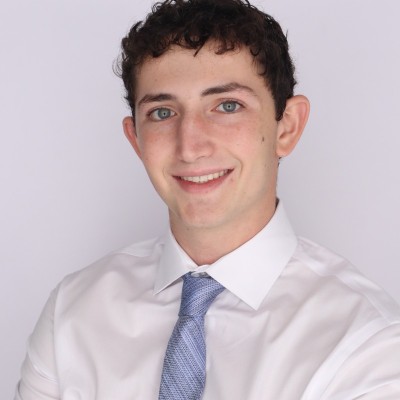
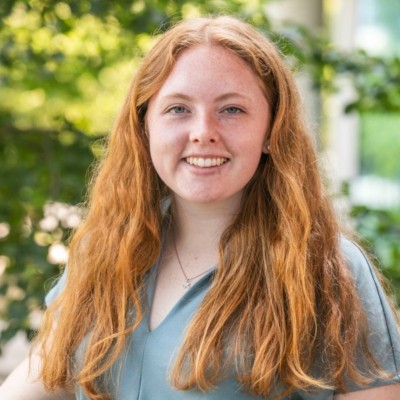
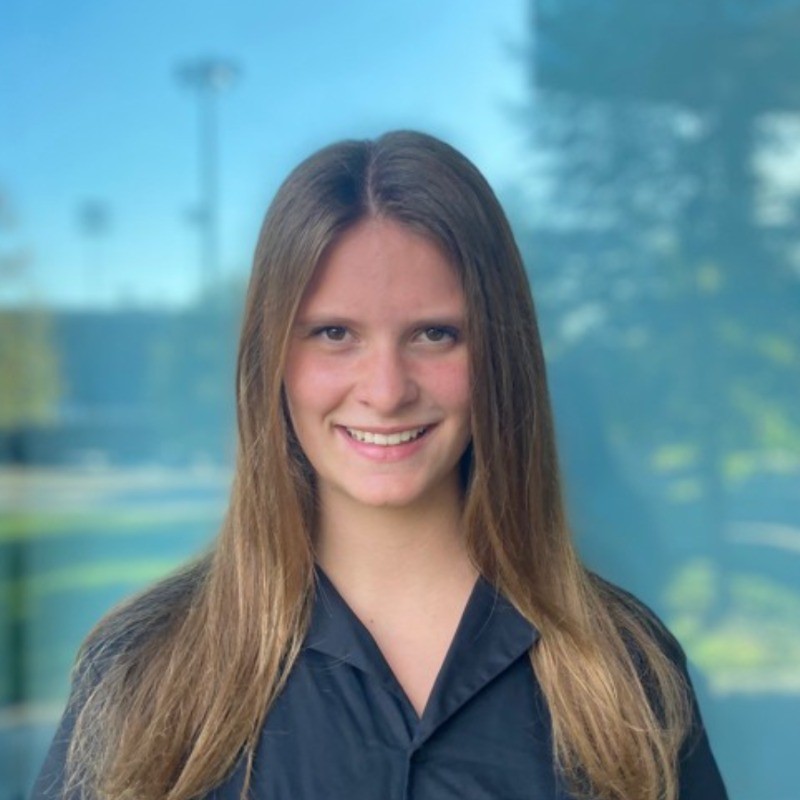
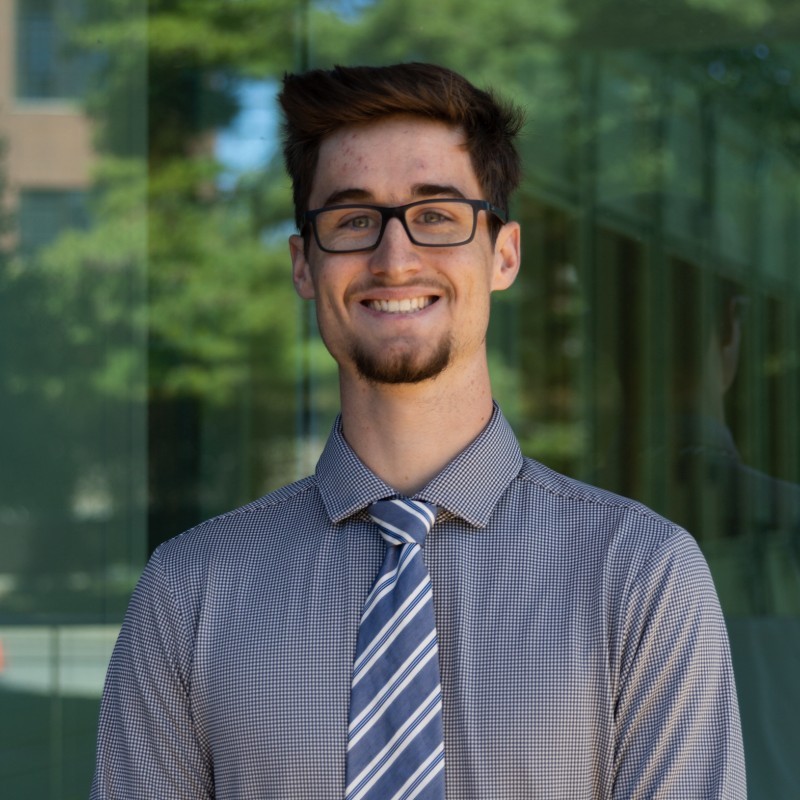
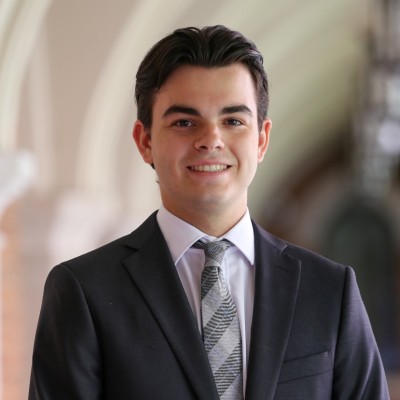

Frederik Schultz
Business Operations
Major: Biomedical Engineering
OUR LEGACY
Hall of Fame
PRESS
Vanderbilt Fusion in the News


